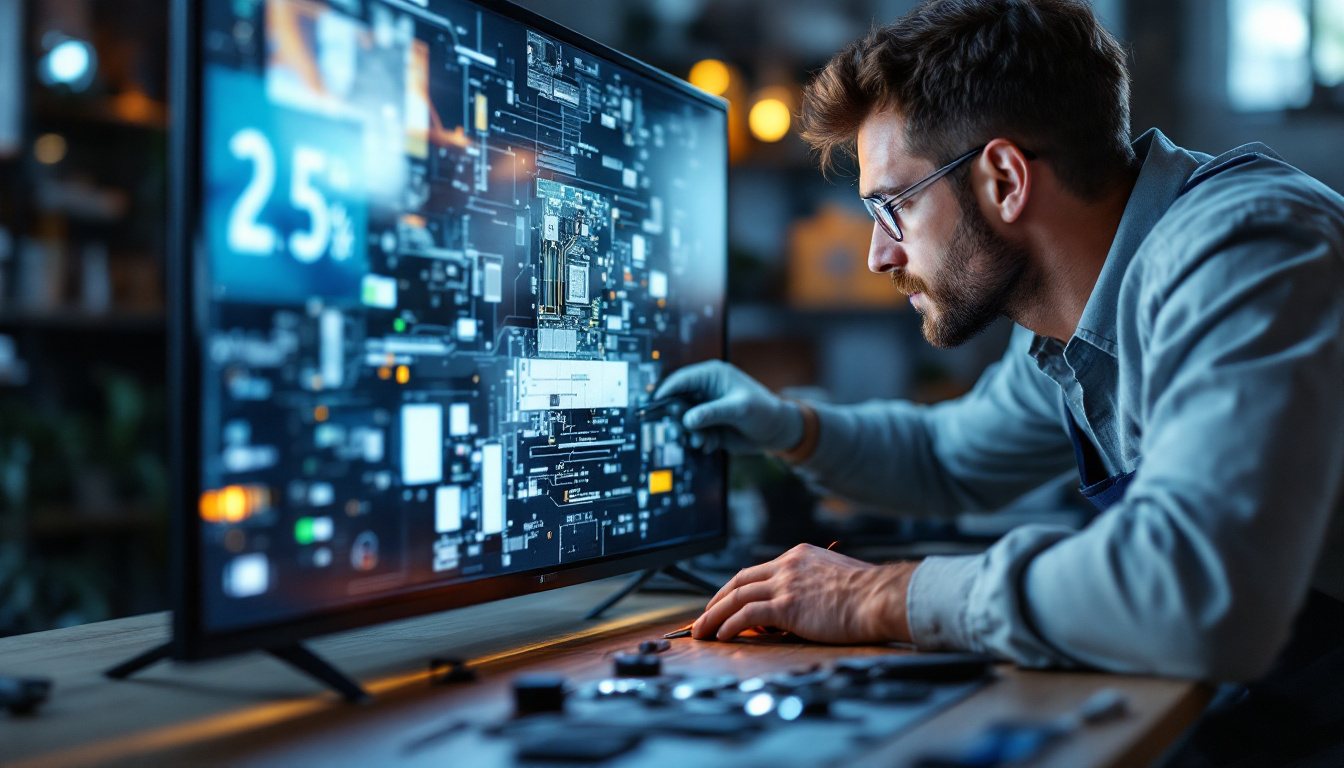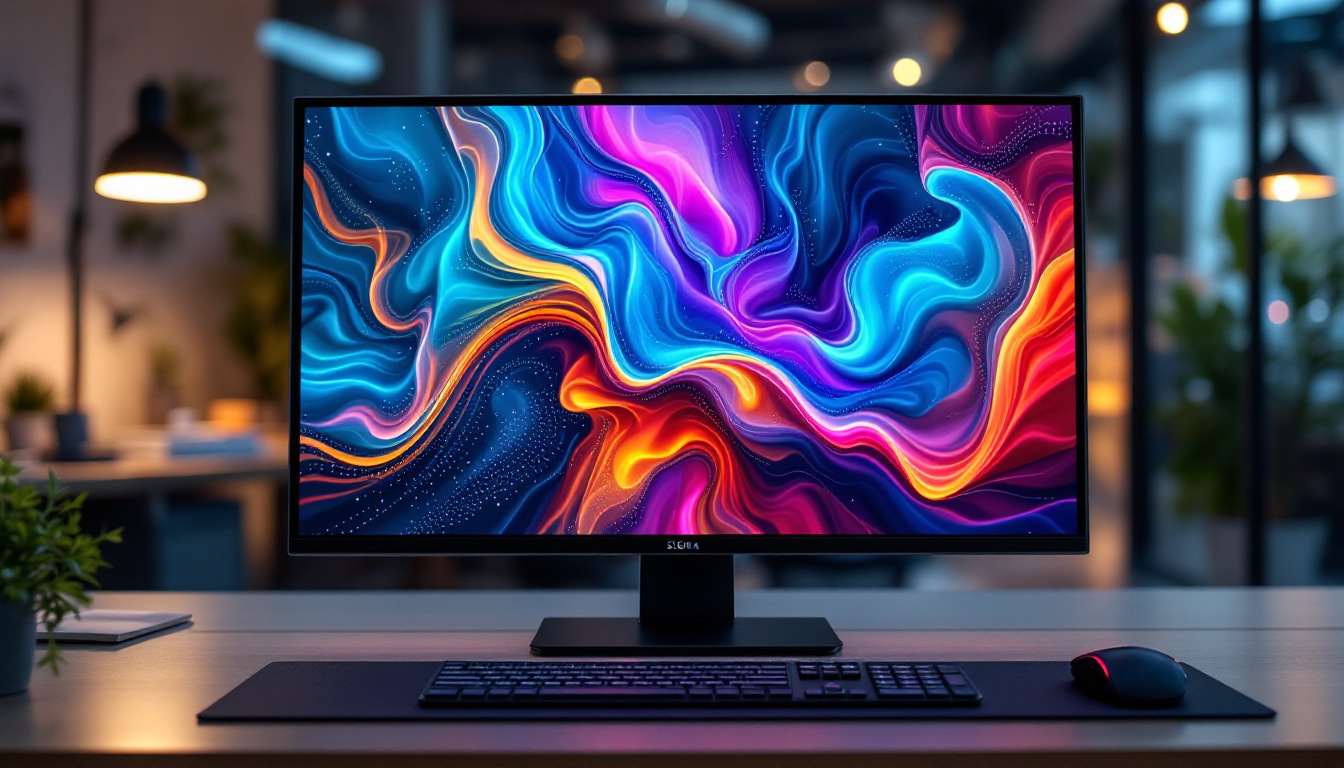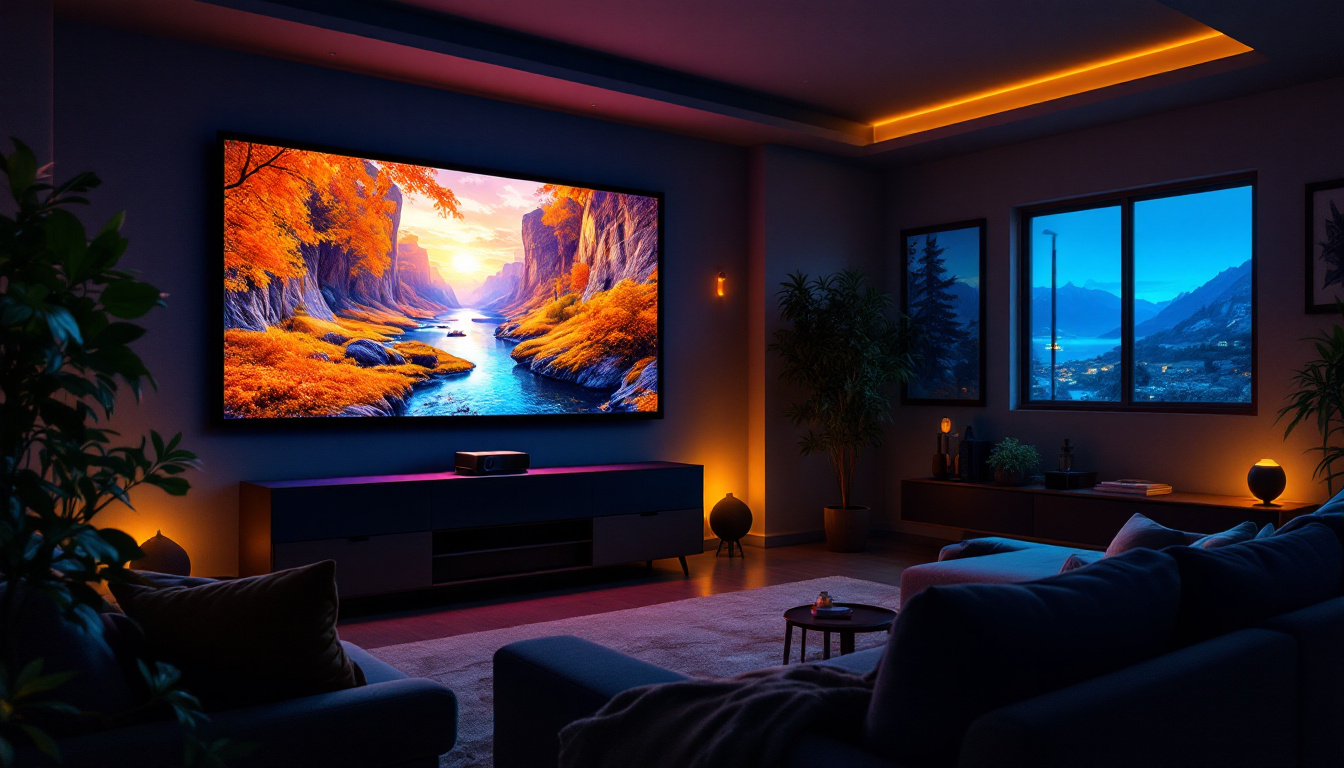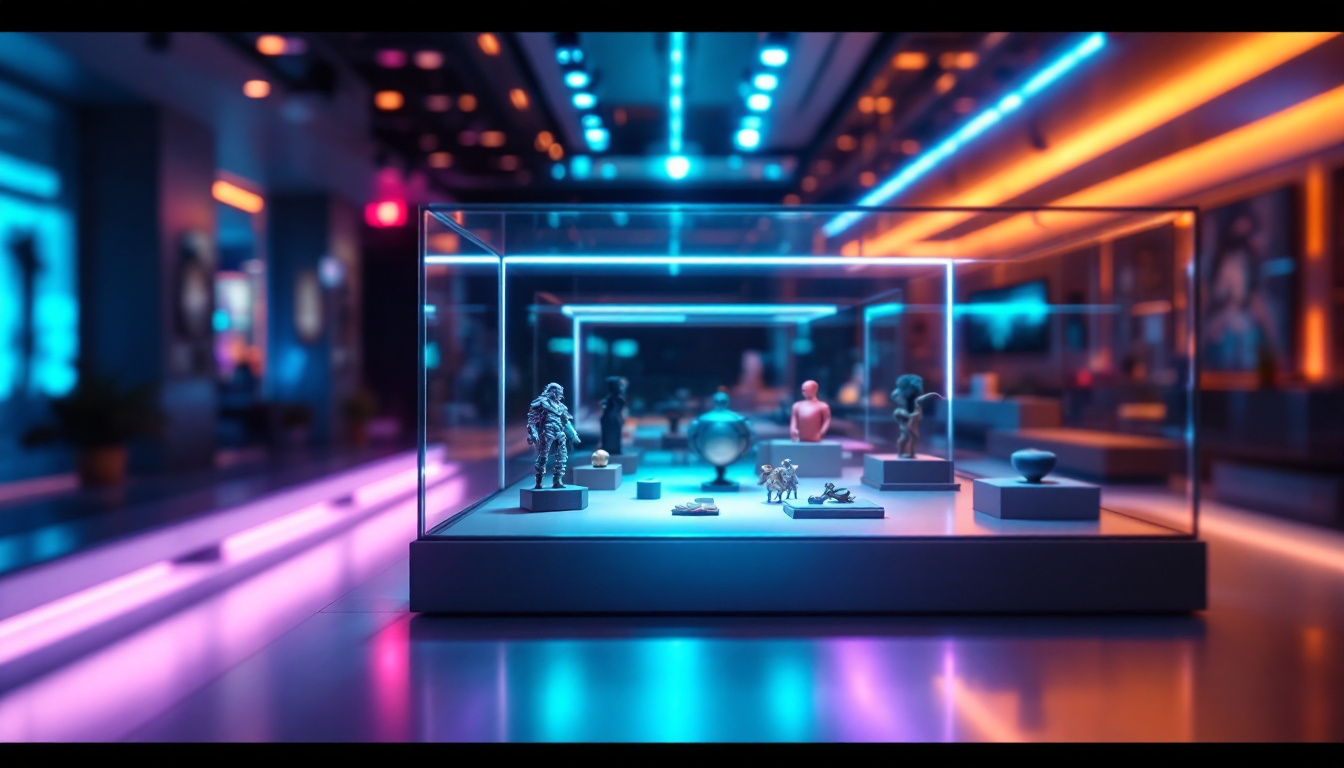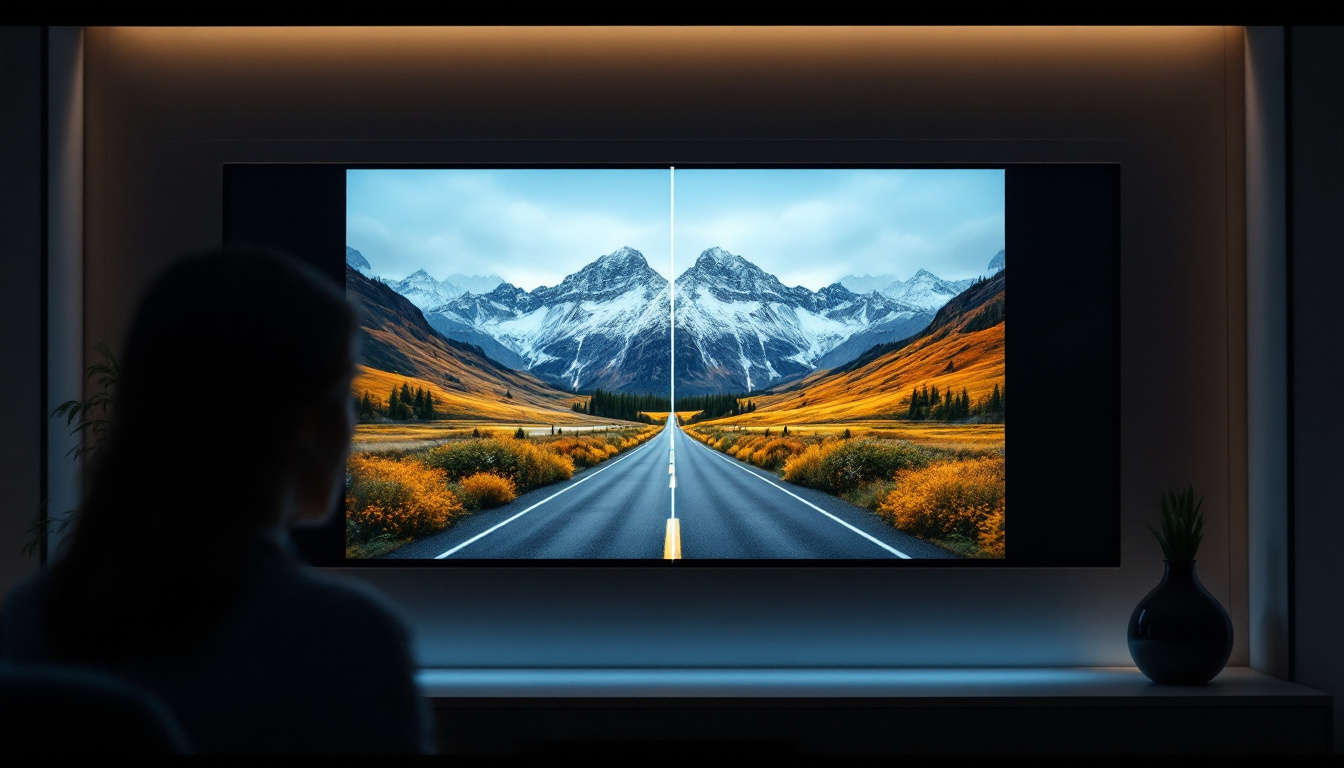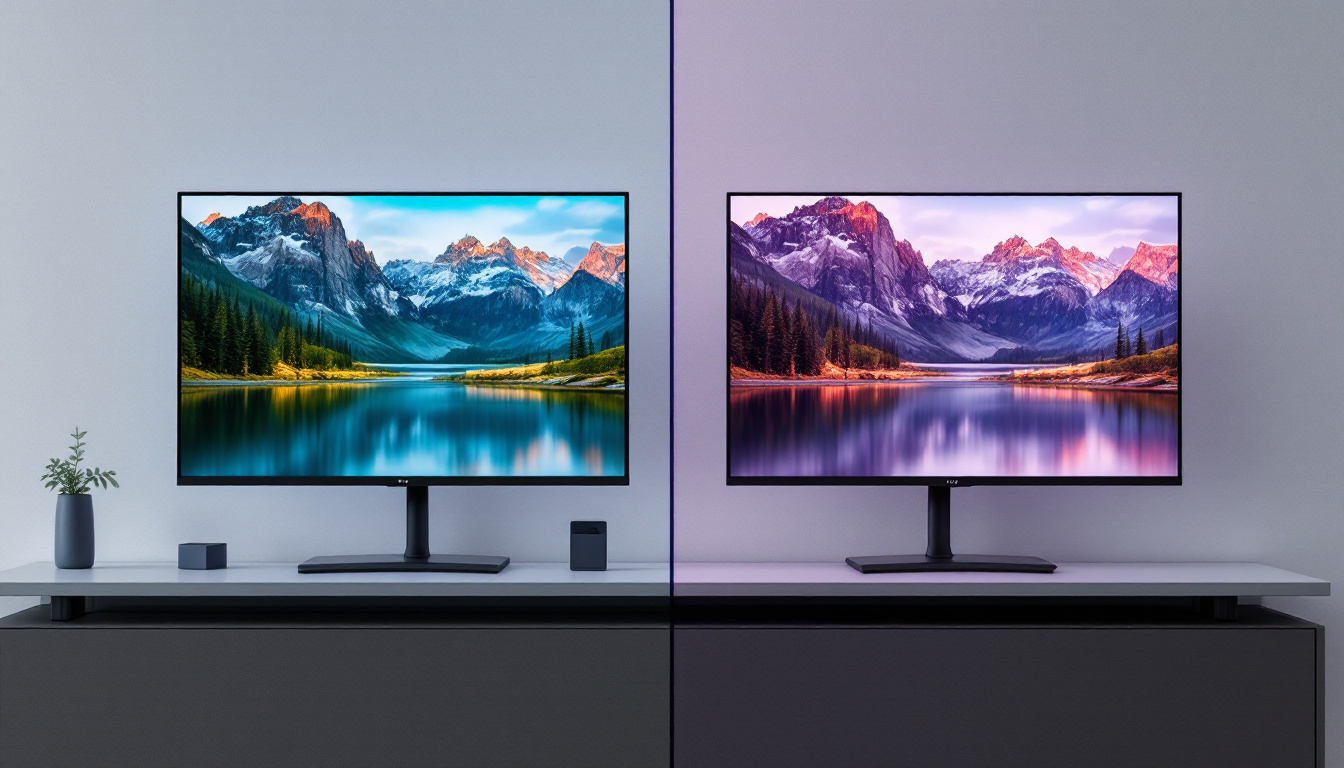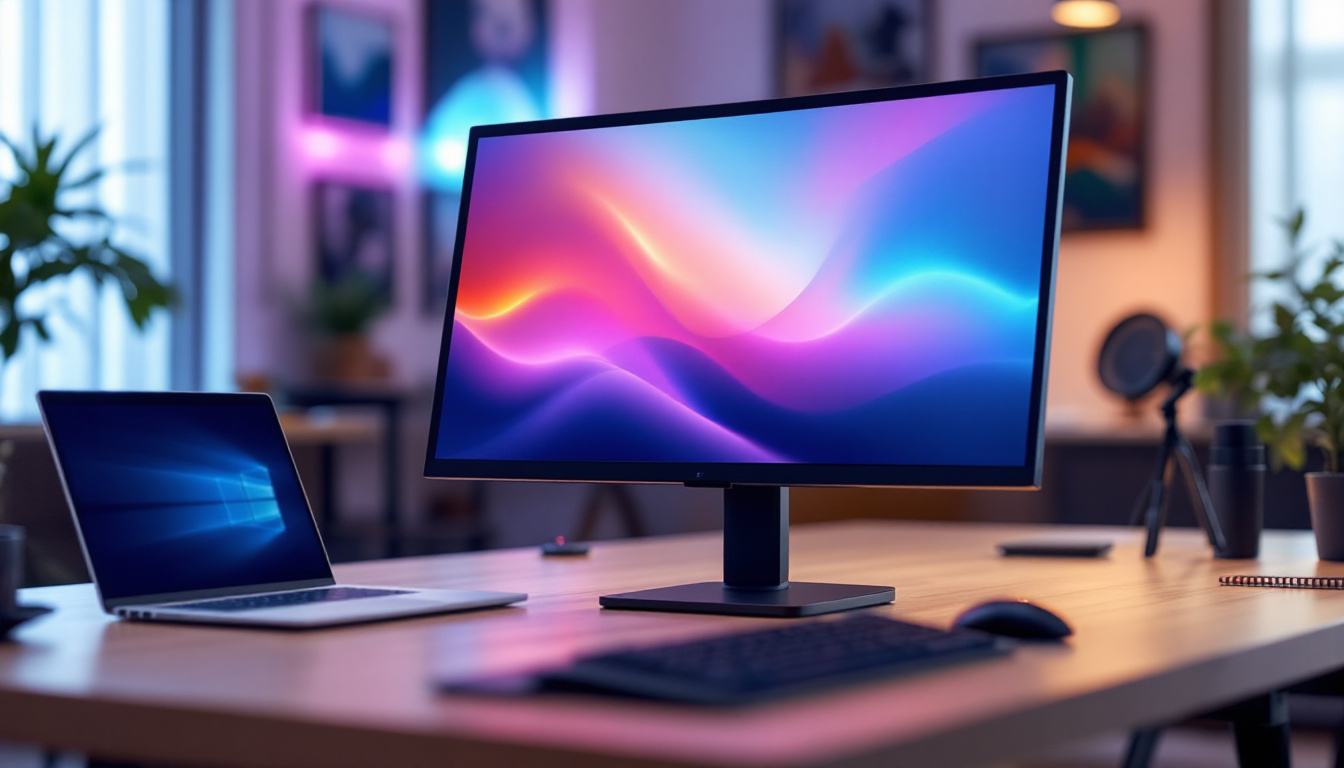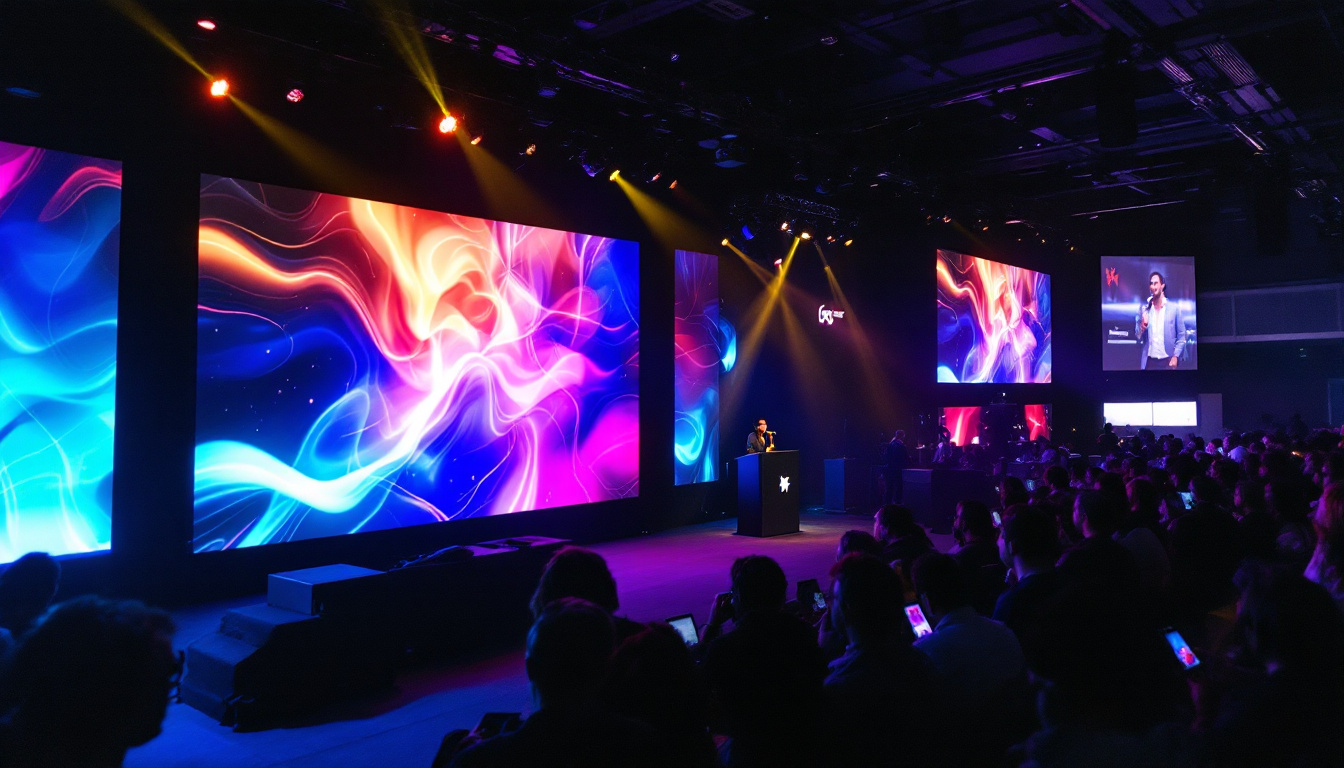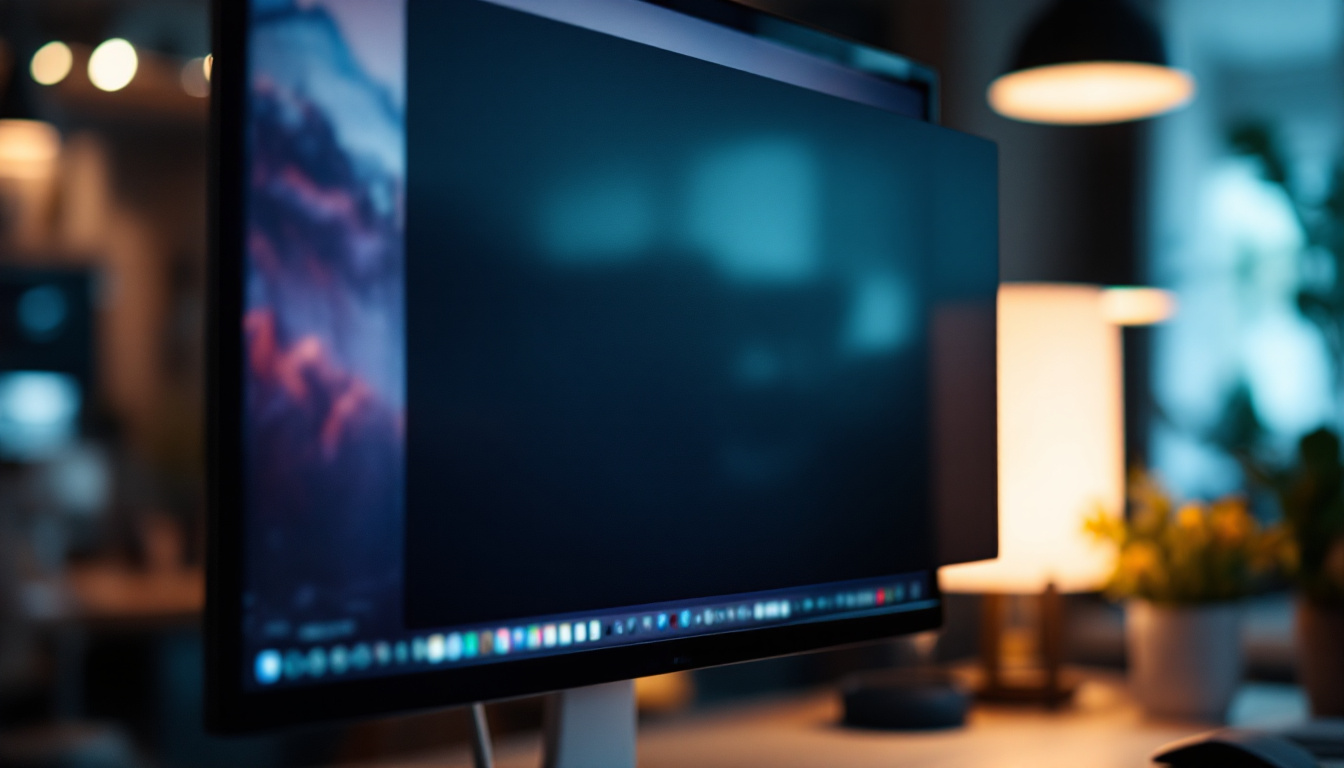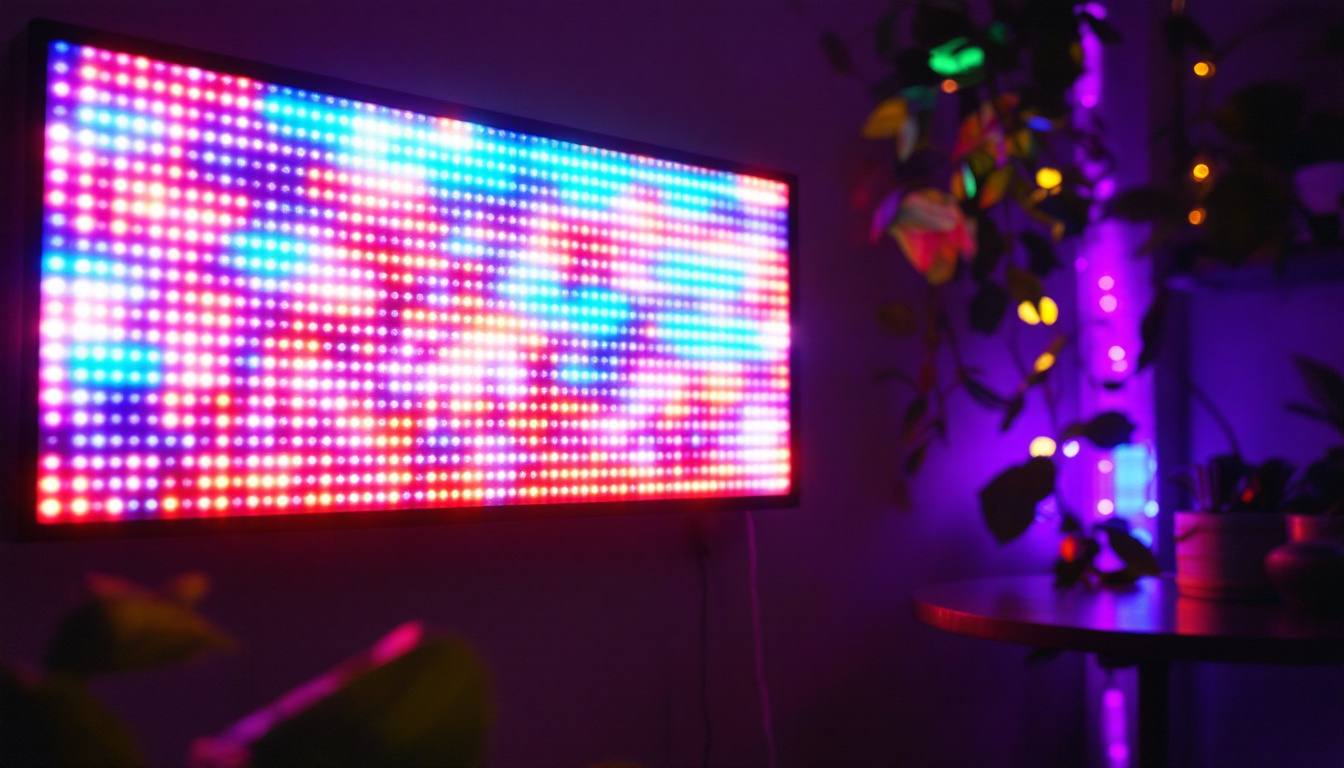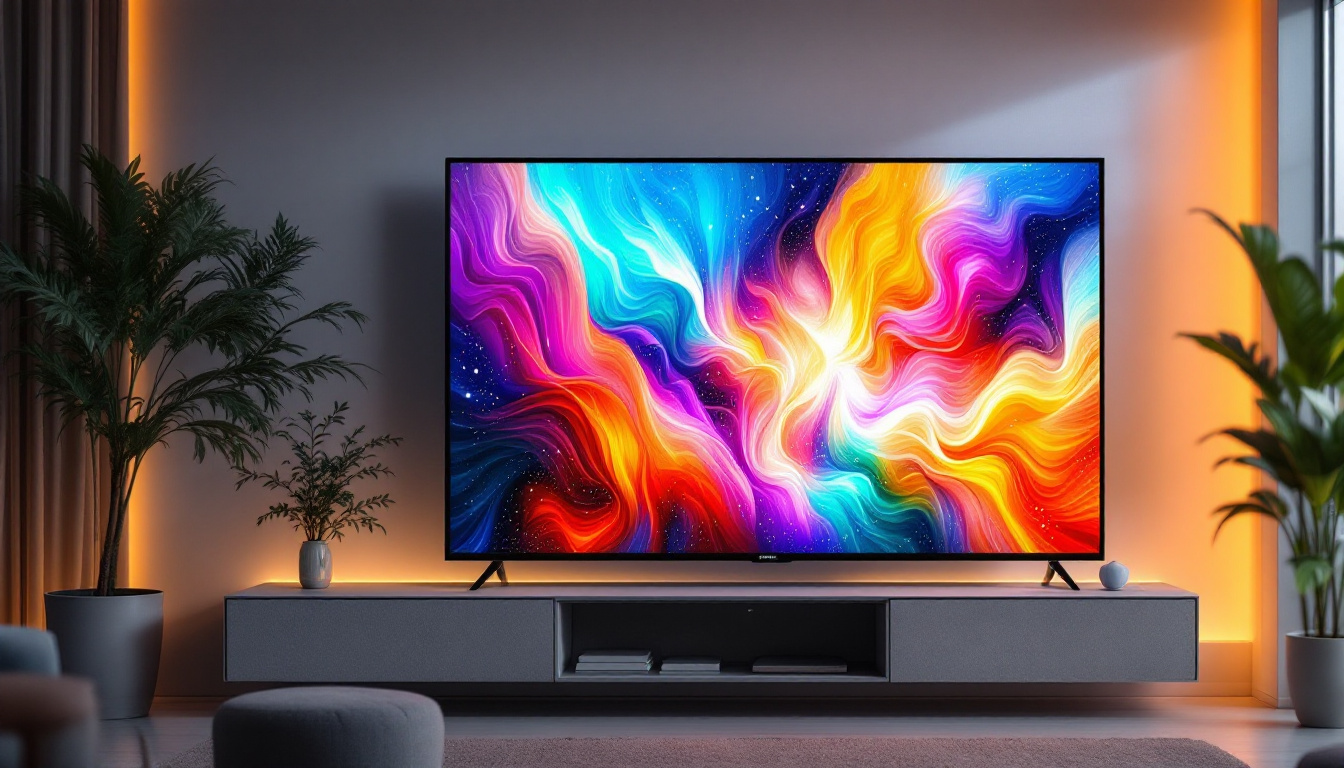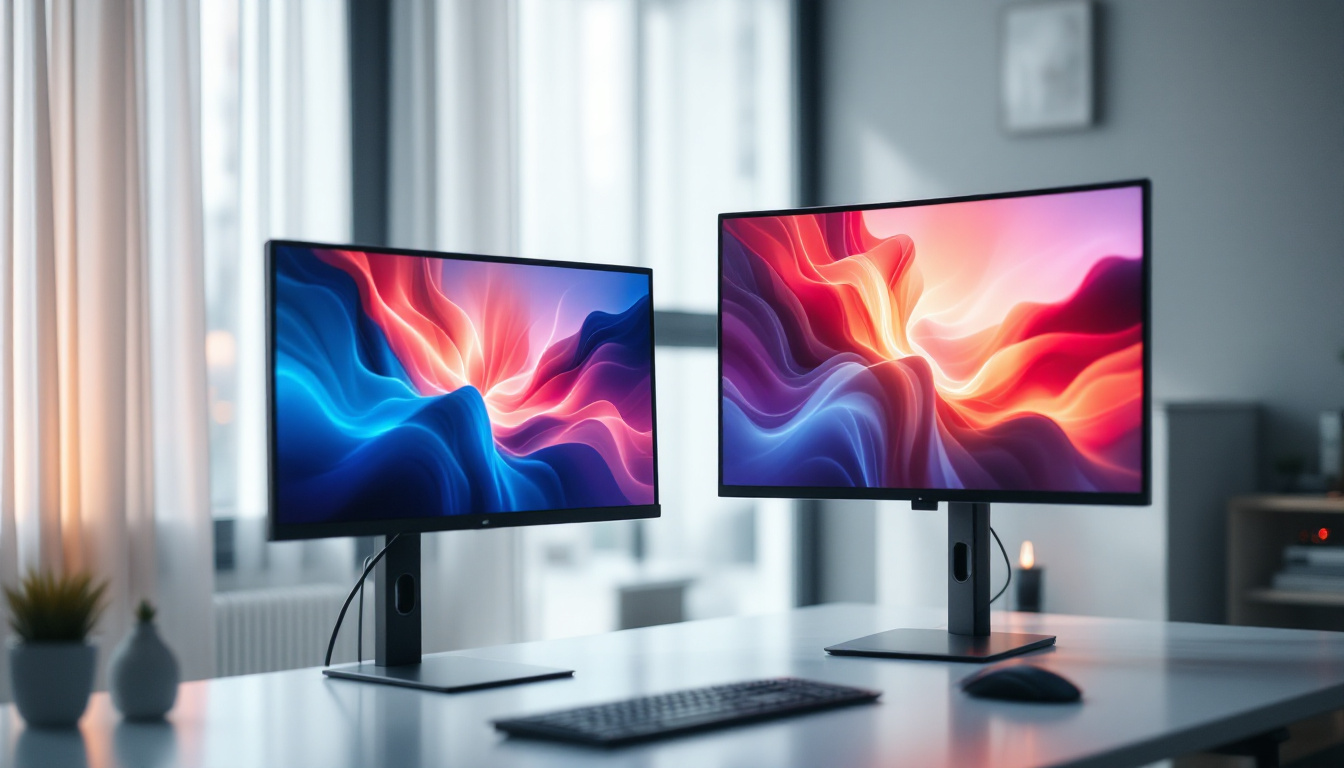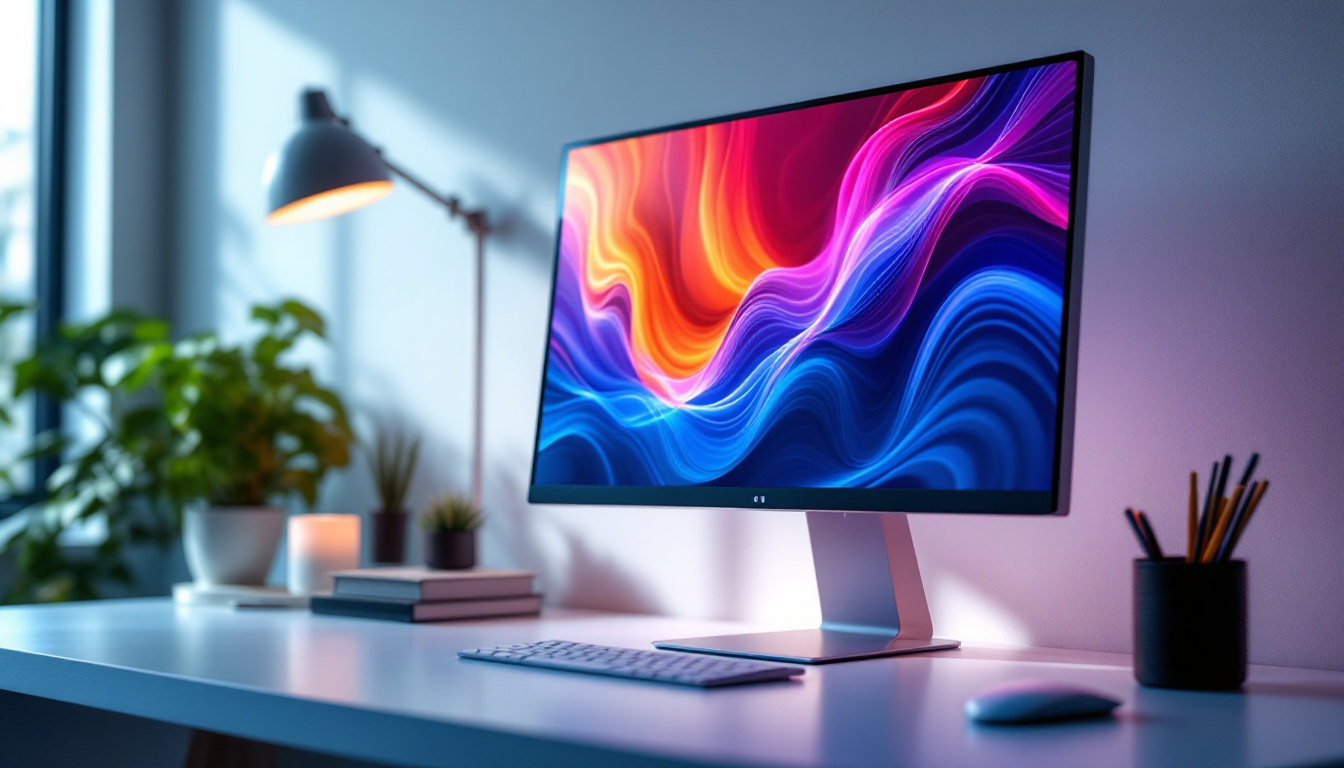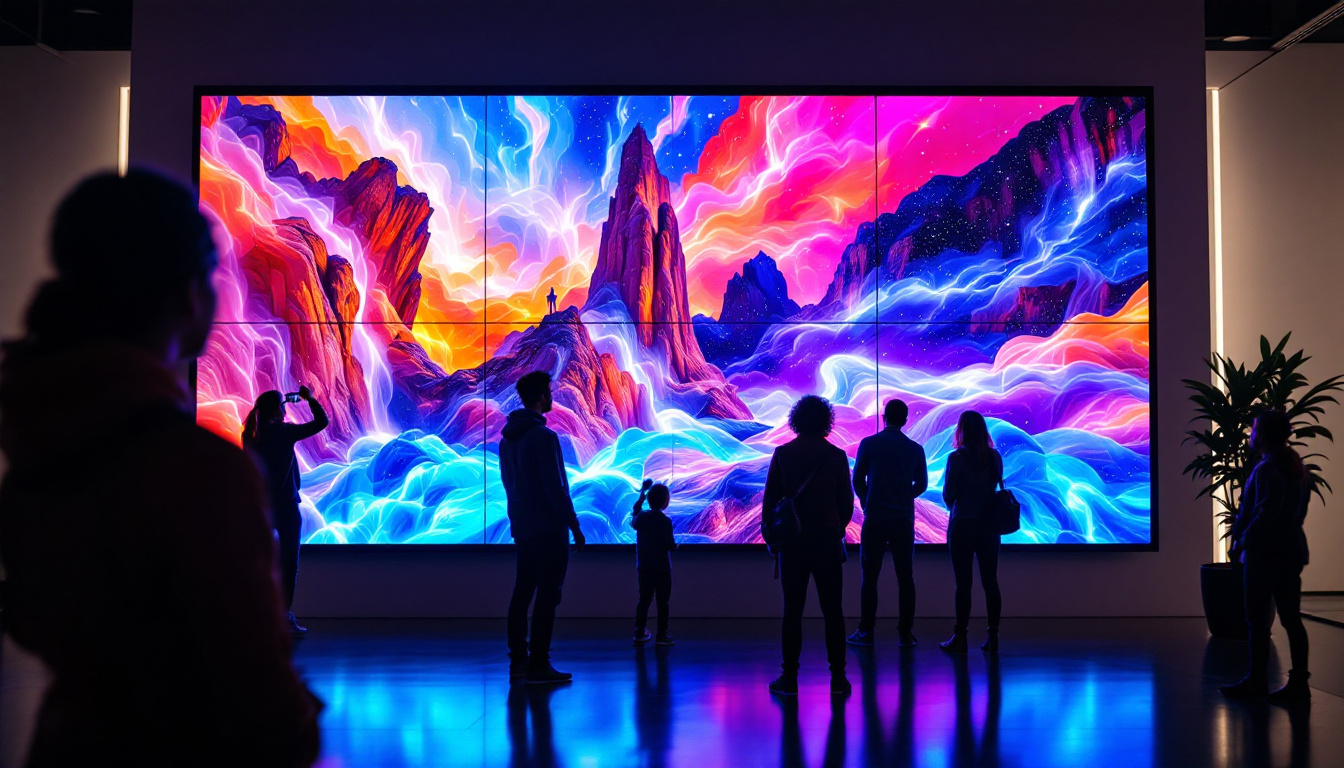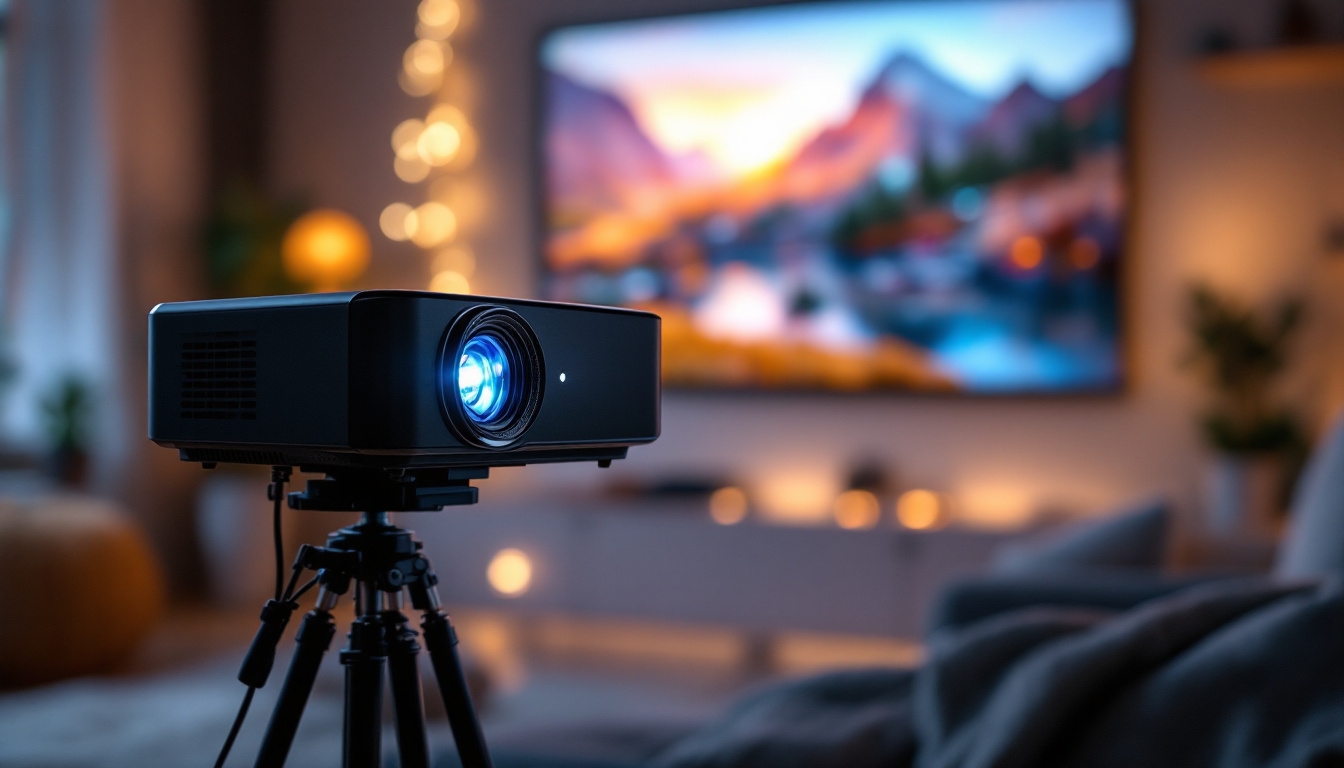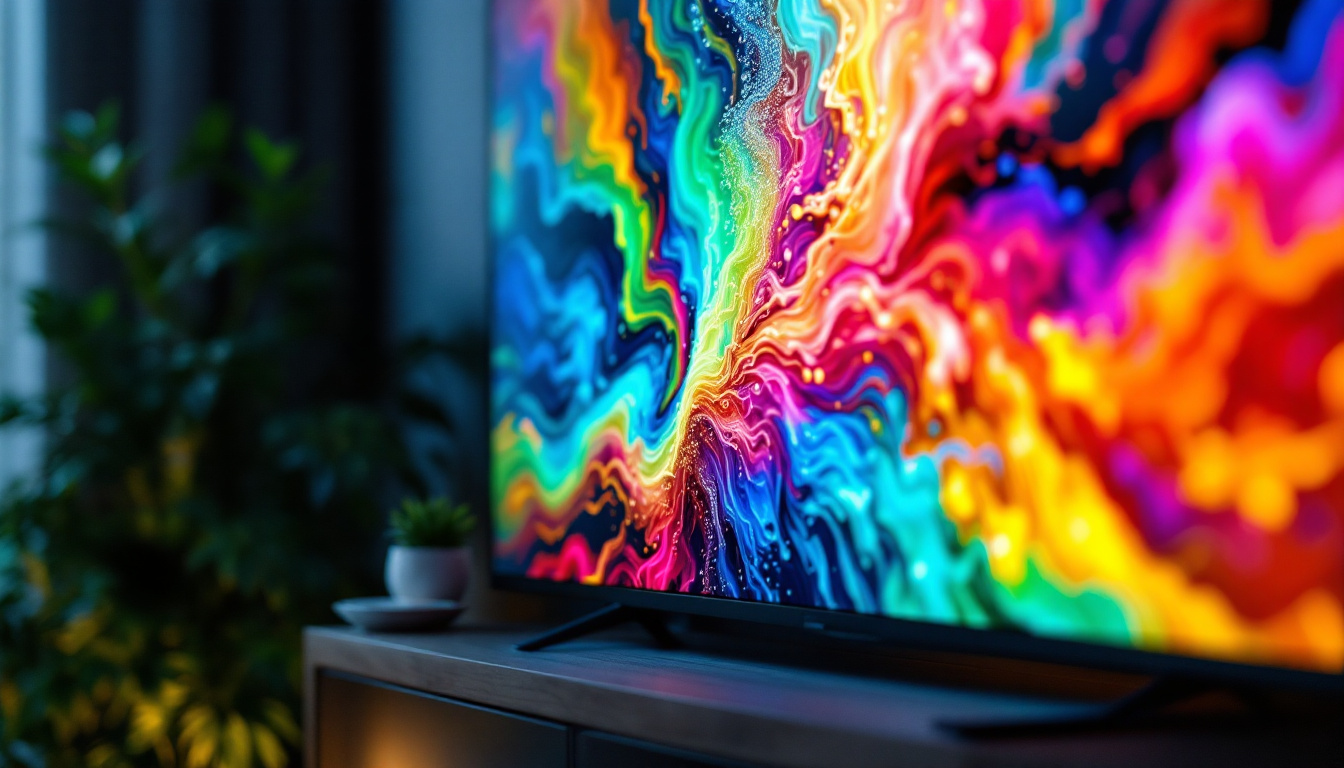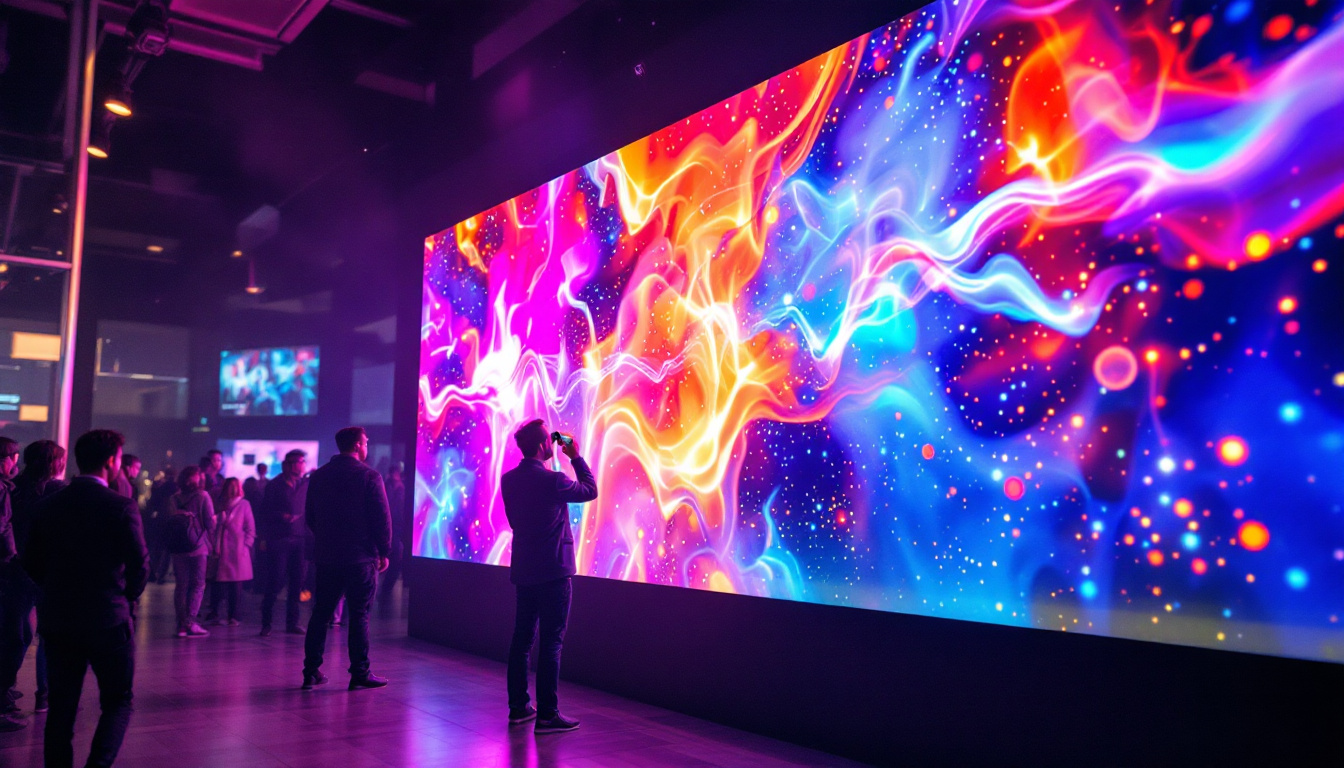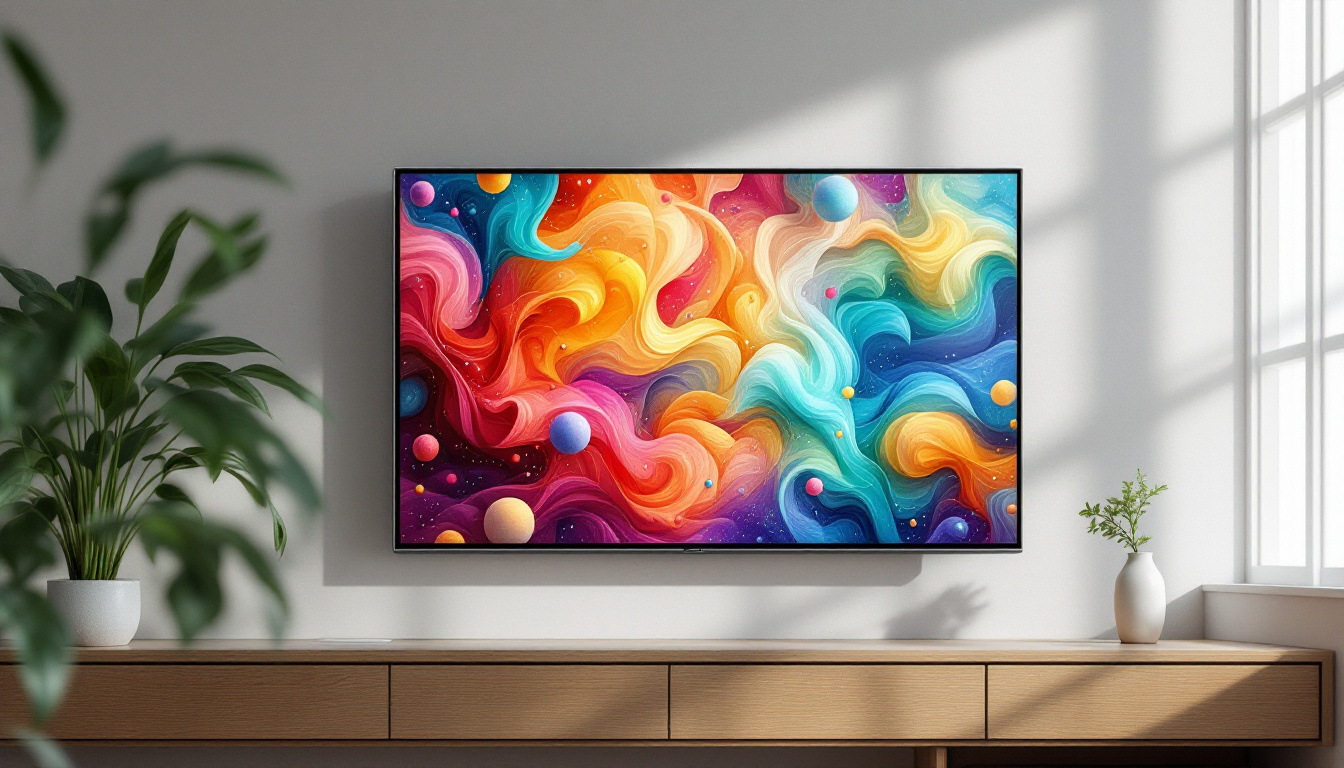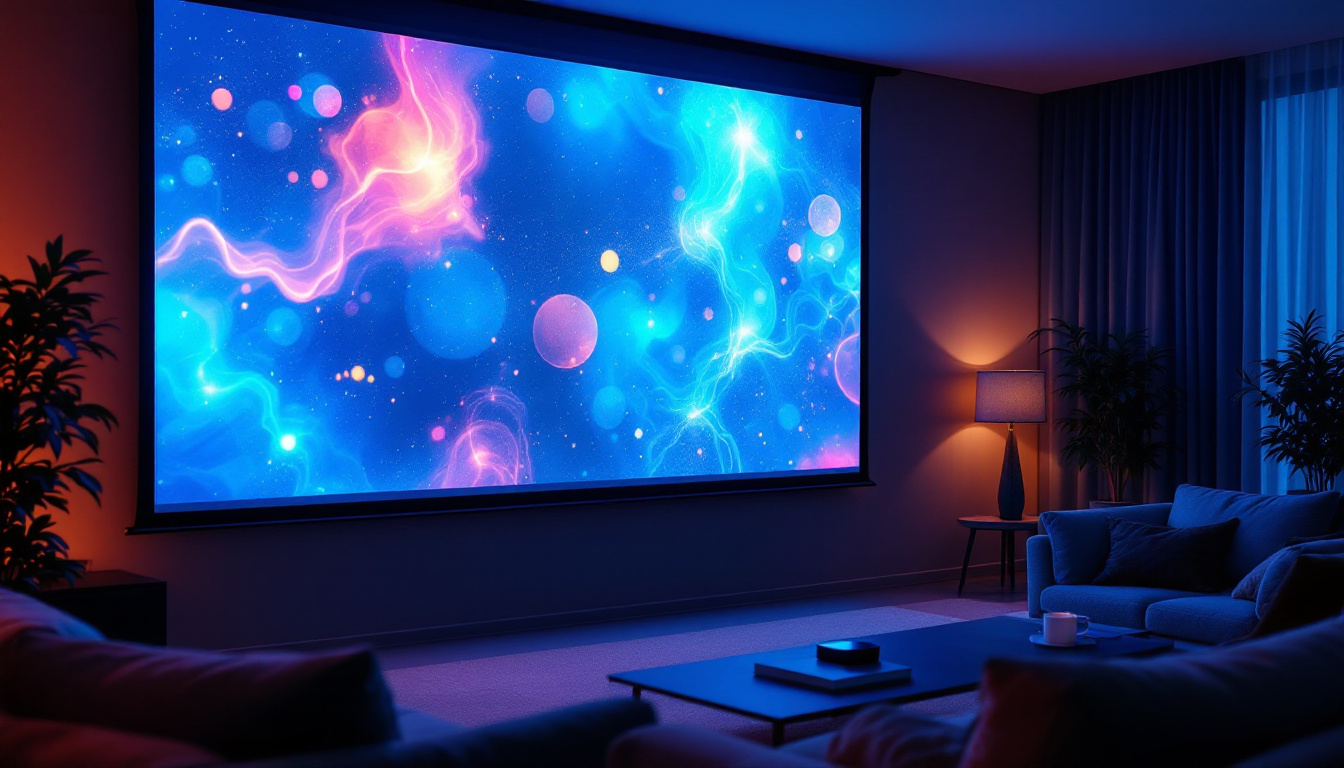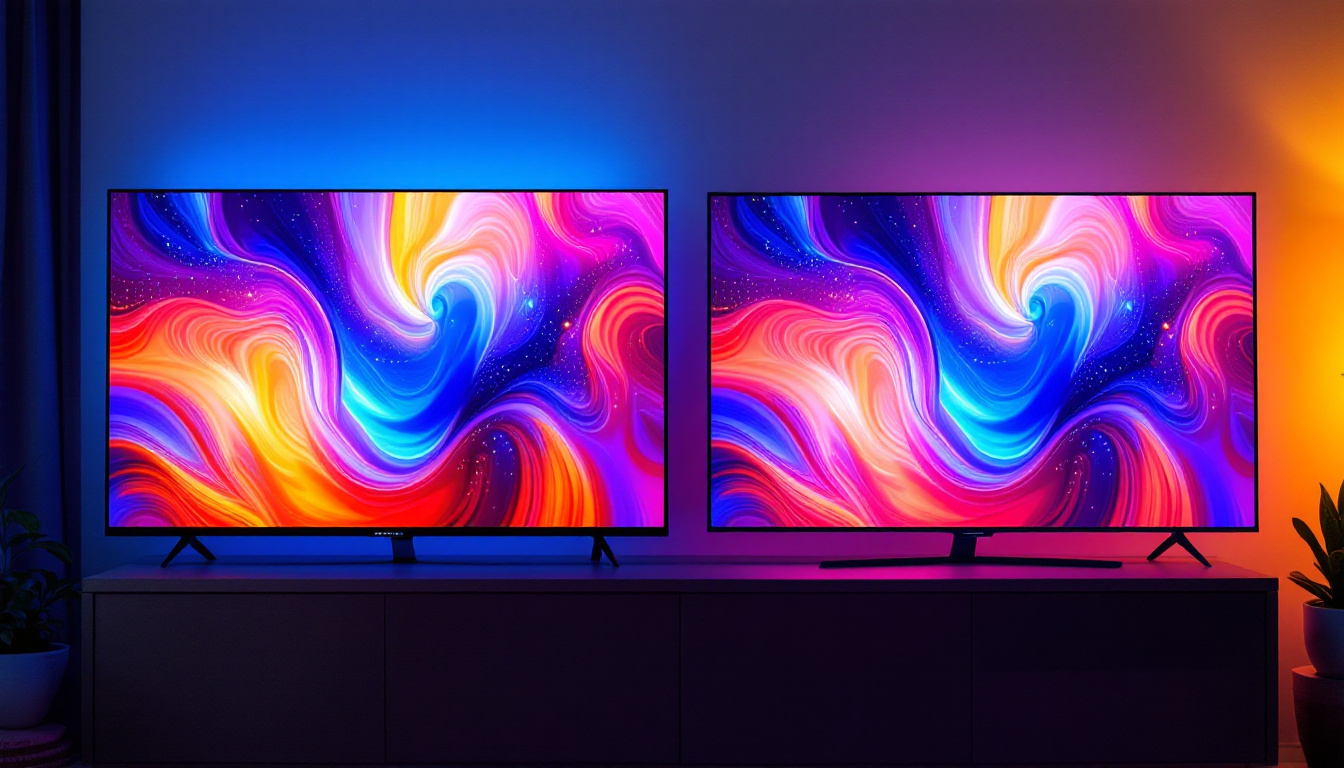How To Fix A Screen On A Flat Screen TV: LED Display Explained
Flat screen televisions, particularly those with LED displays, have become a staple in modern homes. Their sleek design and high-quality picture make them a popular choice among consumers. However, like any electronic device, they can experience issues, particularly with their screens. This article will guide you through understanding common screen problems and how to fix them effectively.
Understanding LED Display Technology
Before diving into repairs, it’s essential to grasp how LED displays work. LED, or Light Emitting Diode, televisions utilize a backlight system that illuminates the screen. This technology offers vibrant colors and sharp images, but it also comes with its own set of potential issues. The efficiency of LED displays has made them a popular choice not only for home entertainment systems but also for commercial applications, where bright, eye-catching visuals are crucial for attracting attention.
How LED Screens Function
LED screens consist of millions of tiny pixels that light up in various colors to create images. Each pixel is made up of sub-pixels—red, green, and blue—that combine to produce the full spectrum of colors. The backlighting can be either edge-lit or full-array, affecting the picture quality and brightness. Understanding this will help identify the nature of the problem when issues arise. Additionally, advancements in technology have led to the development of OLED (Organic Light Emitting Diode) displays, which offer even deeper blacks and better contrast ratios by allowing each pixel to emit its own light. This evolution in display technology continues to enhance the viewing experience, making it essential to stay informed about the differences and benefits of each type.
Common Issues with LED Displays
Several common problems can affect LED displays, including dead pixels, screen flickering, and color distortion. Recognizing these issues early can prevent further damage and lead to more straightforward fixes. For instance, dead pixels appear as small dots that do not change color, while flickering may indicate a loose connection or failing components. Other issues such as image retention or burn-in, although less common in LED displays compared to older technologies, can still occur, particularly if static images are displayed for prolonged periods. Understanding these potential pitfalls can empower users to take proactive measures, such as utilizing screen savers or regularly changing content, to maintain the longevity and performance of their LED displays.
Identifying Screen Problems
Before attempting any repairs, it’s crucial to identify the specific issue affecting the screen. This section will help you diagnose the problem accurately.
Dead Pixels
Dead pixels are one of the most frustrating issues for flat screen TV owners. These are pixels that fail to light up, resulting in small black dots on the screen. To check for dead pixels, display a solid color screen and look for any spots that remain unlit. If you find dead pixels, you may need to consider professional repair or replacement, as they are often difficult to fix on your own. It’s worth noting that some manufacturers have policies regarding dead pixels; for example, they may offer a warranty that covers a certain number of dead pixels before considering it a defect. Understanding these policies can save you time and money if you decide to seek a replacement or repair.
Screen Flickering
Flickering can occur for various reasons, including loose connections, faulty cables, or issues with the TV’s internal components. To troubleshoot, start by checking all cable connections. Ensure that HDMI and power cables are securely plugged in. If the flickering persists, try a different HDMI port or cable to rule out external factors. Additionally, consider the refresh rate settings on your TV and connected devices, as mismatched refresh rates can also lead to flickering. In some cases, firmware updates for your TV or connected devices may resolve flickering issues, so it’s a good idea to check for updates regularly.
Color Distortion
Color distortion can manifest as incorrect color representation or washed-out images. This issue may arise from incorrect settings or a malfunctioning display. Begin by resetting the TV’s picture settings to factory defaults. If the problem continues, it may indicate a hardware issue that requires professional attention. It’s also beneficial to examine the source of the content being displayed; sometimes, the issue may stem from the device sending the signal rather than the TV itself. For instance, if you’re streaming content, ensure that the streaming device is set to output the correct resolution and color settings. Calibration tools are available for those who want to fine-tune their TV’s color settings for optimal viewing, which can greatly enhance the overall picture quality and reduce the likelihood of distortion.
Basic Troubleshooting Steps
For minor issues, several basic troubleshooting steps can be taken before seeking professional help. These steps can often resolve common problems without the need for costly repairs. By following these guidelines, you can save time and potentially avoid the frustration of dealing with service technicians.
Power Cycle the TV
One of the simplest fixes for many electronic devices, including televisions, is to power cycle them. To do this, unplug the TV from the wall outlet and wait for about 60 seconds. This process allows the internal components to reset. After waiting, plug the TV back in and turn it on to see if the issue persists. This method is effective because it clears temporary glitches that may have accumulated in the system’s memory, allowing the TV to start fresh. It’s a quick and easy step that can often resolve issues like a frozen screen or unresponsive remote control.
Check Cable Connections
Loose or damaged cables can lead to various screen issues. Inspect all connections, including HDMI, component, and power cables. If you find any frayed wires or loose connections, replace the cables or secure them properly. Additionally, try using different ports on the TV to rule out port-specific issues. It’s also wise to ensure that the cables are not pinched or bent at sharp angles, as this can lead to signal degradation. Furthermore, if you are using an external device like a streaming box or gaming console, check the settings on those devices as well, as they can sometimes affect the output to your TV.
Update Firmware
Manufacturers often release firmware updates to improve performance and fix bugs. Check the TV’s settings menu for any available updates. Keeping the firmware up-to-date can resolve many software-related issues that may affect screen performance. In some cases, updates may introduce new features or enhance compatibility with other devices, such as soundbars or smart home systems. If your TV has a network connection, consider enabling automatic updates, so you won’t miss out on important improvements that can enhance your viewing experience. Additionally, consult the manufacturer’s website or support forums for any known issues related to your TV model, as they may provide specific guidance on updates or patches that can further optimize performance.
Advanced Repair Techniques
If basic troubleshooting does not resolve the issue, more advanced techniques may be necessary. These techniques require a higher level of technical skill and should only be attempted if you are comfortable working with electronic components.
Replacing a Screen Panel
In cases where the screen is severely damaged, replacing the entire panel may be the only option. This process can be complex and varies by model, but generally involves disassembling the TV, removing the old panel, and installing a new one. It’s crucial to follow specific instructions for your TV model to avoid causing further damage.
Repairing Dead Pixels
While dead pixels can be challenging to fix, some methods may help. One common technique involves using software that rapidly cycles through colors to stimulate the stuck pixel. This method may not work for all cases, but it’s worth trying before considering professional repair.
Addressing Internal Component Issues
If the problem lies within the TV’s internal components, such as the mainboard or power supply, diagnosing and repairing these issues can be complicated. It often requires specialized tools and knowledge. If you suspect an internal issue, it may be best to consult a professional technician to avoid damaging the TV further.
When to Seek Professional Help
While many issues can be resolved through troubleshooting and DIY repairs, some situations warrant professional assistance. Knowing when to call in the experts can save time and prevent further damage.
Severe Physical Damage
If the screen has suffered significant physical damage, such as cracks or shattered glass, it is advisable to seek professional help. Attempting to fix severe damage on your own can lead to injury or further damage to the TV.
Persistent Issues
When troubleshooting does not resolve the problem, and issues persist, it may be time to consult a professional. They have the expertise and tools necessary to diagnose and repair complex issues that may not be apparent to the average user.
Warranty Considerations
If the TV is still under warranty, it is wise to contact the manufacturer or retailer for assistance. Attempting repairs on your own may void the warranty, leaving you responsible for any future repairs. Always check warranty terms before proceeding with DIY fixes.
Preventive Measures for Flat Screen TVs
Proper Placement and Ventilation
Ensure the TV is placed in a well-ventilated area to prevent overheating. Avoid placing it in direct sunlight, as excessive heat can damage internal components. Additionally, using a TV stand or wall mount can help keep it stable and secure.
Regular Maintenance
Regularly dusting the TV and cleaning the screen with appropriate materials can help maintain picture quality. Avoid using harsh chemicals or abrasive materials, as these can damage the screen. Instead, use a microfiber cloth and a gentle cleaning solution designed for electronics.
Surge Protection
Using a surge protector can safeguard the TV from electrical surges that may occur during storms or power fluctuations. This simple investment can protect the internal components and extend the lifespan of the television.
Conclusion
Flat screen TVs, particularly those with LED displays, offer an incredible viewing experience but can encounter various issues. Understanding how these screens work and recognizing common problems can empower users to troubleshoot effectively. While many issues can be resolved through basic troubleshooting, more severe problems may require professional assistance. By taking preventive measures, owners can enjoy their televisions for years to come.
Explore Cutting-Edge LED Display Solutions
If you’re looking to elevate your visual experience or enhance your brand’s presence, LumenMatrix offers a comprehensive range of LED display solutions tailored to your needs. From captivating Indoor LED Wall Displays to dynamic Outdoor LED Wall Displays, and innovative options like Vehicle LED Displays and LED Sports Displays, our technology is designed to make a lasting impression. Discover how our Custom LED Displays and All-in-One LED Display solutions can transform your space and engage your audience. Don’t miss the opportunity to create immersive environments with our LED Transparent Displays and Floor LED Displays. Check out LumenMatrix LED Display Solutions today and step into the future of visual communication.

